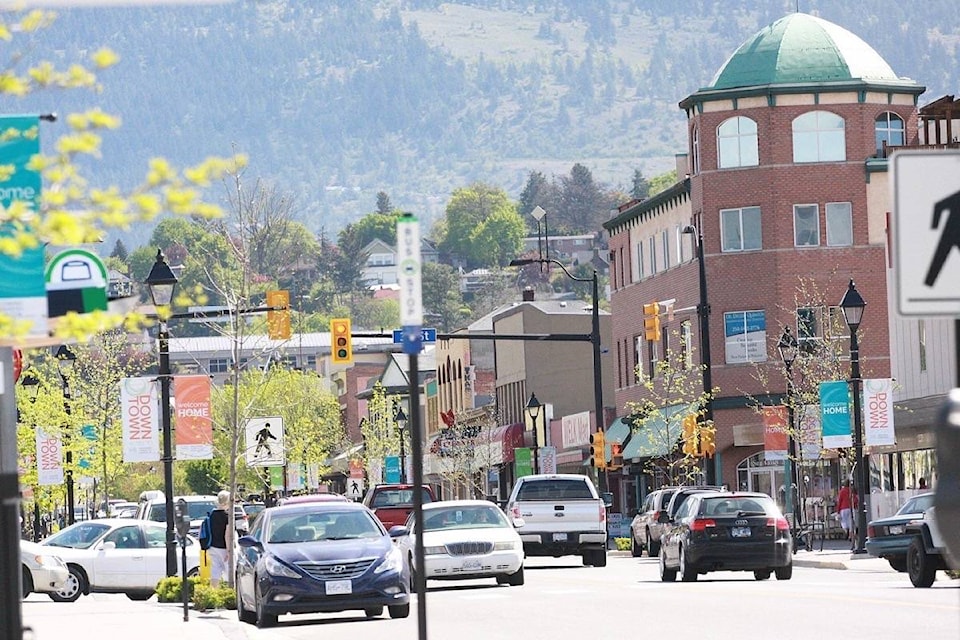T he editorial in the Oct. 1 paper (Struggle is still real) can be used to demonstrate how government statistics can be used to lie by lack of clarity. The editorial argues that while median household incomes have increased, inflation has been greater — both true. What needs to looked at is the word median.
A median income is one in which half the people earn less than that, the other half earn more. An average income is just about always less than that due to the skewing factor of the larger upper incomes.
An average income is also susceptible to an upper income skew. As a purely mathematical example, in a village of 100 people earning an average of $10,000 each ($1 million total), one millionaire moving in would increase the average income to $19,800. My, how much richer they all are. In the real world, the average income would be less than the median, as far more people earn little compared to the much larger amounts made by the wealthier few. In fact, the top 10 per cent earn 10 times more than those below them.
Another skewed factor is the household income ($76,000 in Canada) versus the individual income ($27,600 in Canada). In other words, it takes 2.8 average individuals to make a full household income, meaning that mom and dad are both working and junior is still living at home or again, it means that the rich are truly making a lot more than the middle.
So, median income up 12.4 per cent, inflation up 18.9 per cent (and even that is skewed lower by the manner in which inflation is accounted for), and house prices are up 100 per cent.
Put all that skewed information together and those at the bottom of earners have realized very few gains if any, those in the middle are in a leaky boat, or worse, treading water, and the rich are becoming richer.
Most of that money for the rich is earned through the fire economy: finance, insurance, and real estate. The productive economy (where something is actually manufactured) is a relatively smaller section of our overall economic wealth. The fire economy accounted for 50 per cent of Vancouver’s growth in 2016. Which brings in another skewed factor: Vancouver, Montreal, and Toronto accounted for 94 per cent of employment growth over the last two years (2015/16).
So, how wealthy are you feeling now? Statistics can be used to lie, and I’m sure someone will try to look at the above and find some good news in it.
Jim Miles
Vernon
